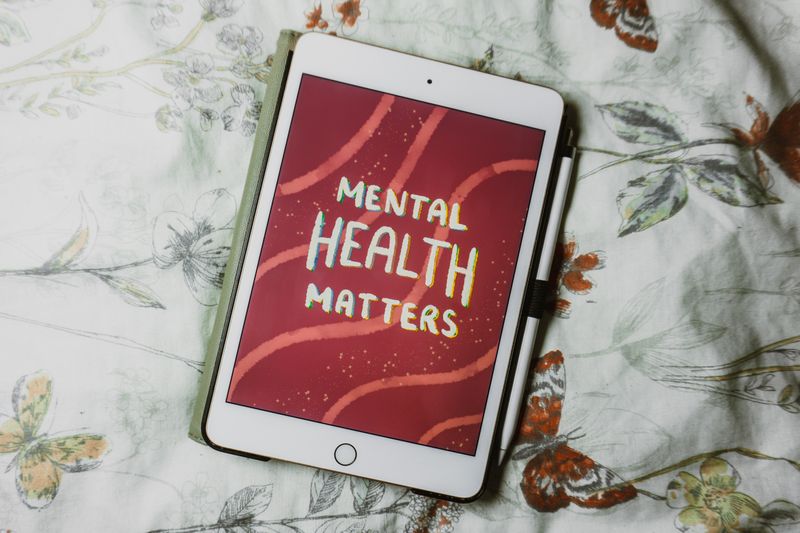
This logo isn't an ad or affiliate link. It's an organization that shares in our mission, and empowered the authors to share their insights in Byte form.
Rumie vets Bytes for compliance with our
Standards.
The organization is responsible for the completeness and reliability of the content.
Learn more
about how Rumie works with partners.
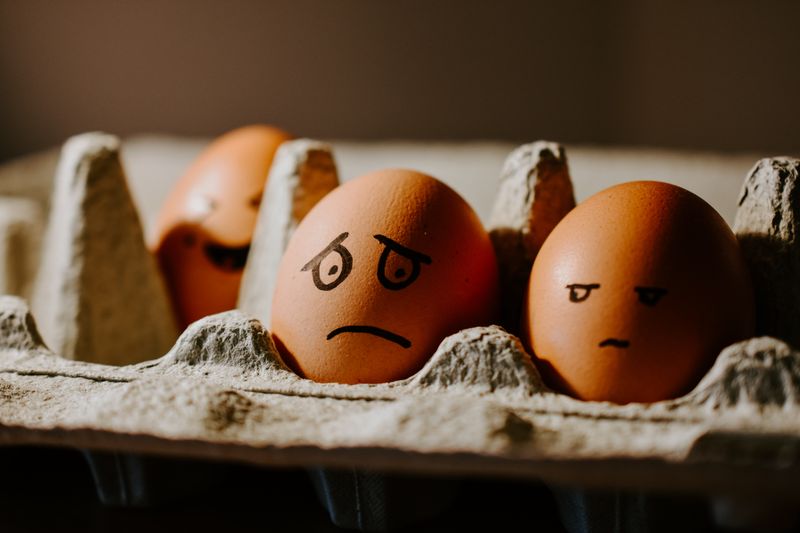
Depression
Major depressive disorder is also referred to as "clinical depression".
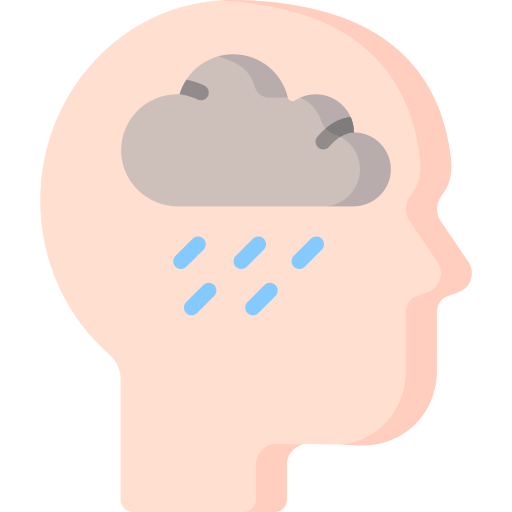
It involves having symptoms such as feelings of sadness and hopelessness for at least 2 weeks. Other symptoms may include:
Sleep irregularities
Feeling constantly tired
Trouble concentrating
Feeling worthless
Lack of interest in many activities
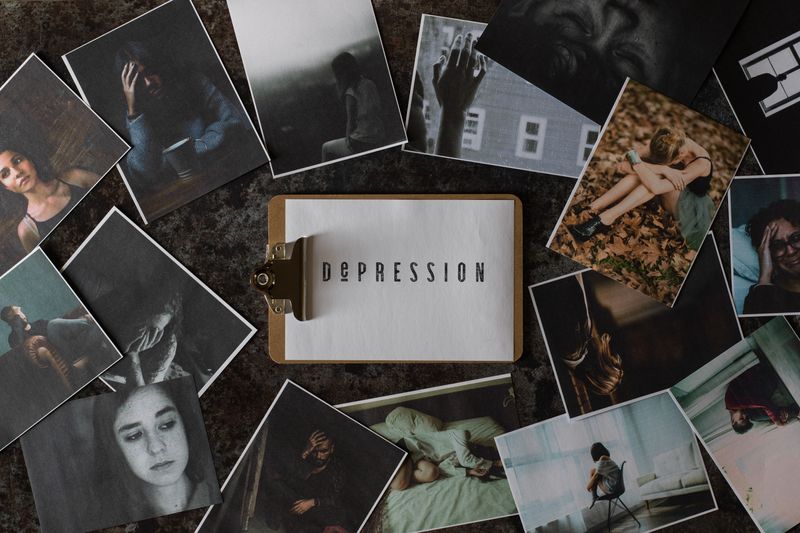
Learn more about recognizing the signs of depression in this Byte.
Did you know?
Other Depressive Disorders
Some types of mood disorders include symptoms of depression and mood changes, but have additional characteristics that give them their own diagnosis. These include:
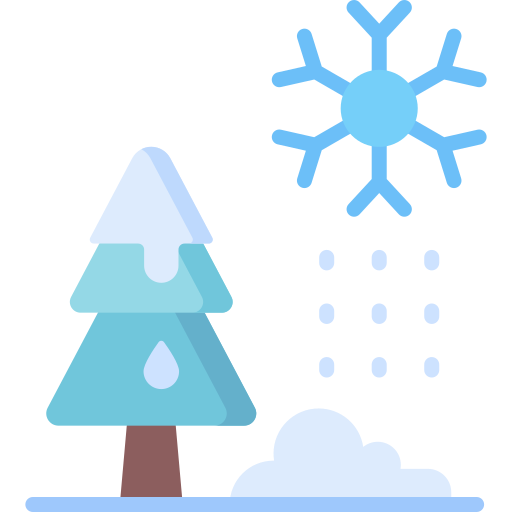 Seasonal Affective Disorder (SAD)
Seasonal Affective Disorder (SAD)
This type of depression affects people seasonally, usually in winter when there is less daylight.
Bipolar Disorder

Bipolar disorder is characterized by extreme changes in mood from very low (depression) to very high (mania).
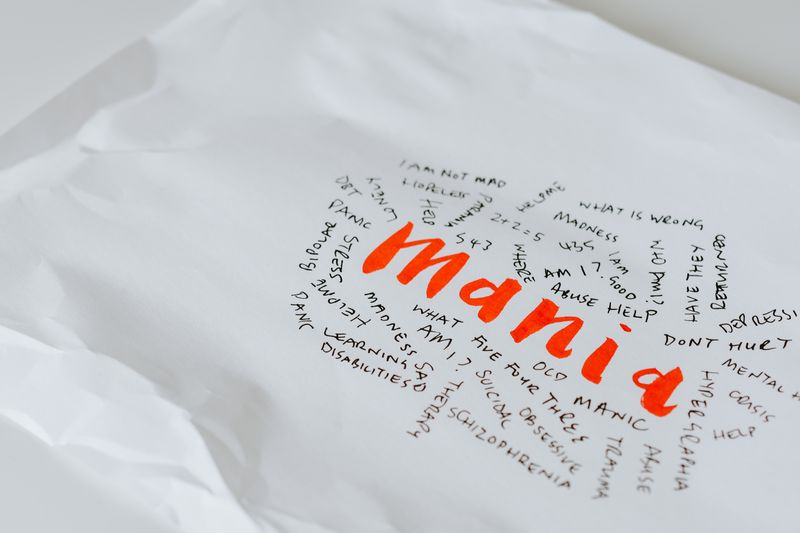
Quiz
Kim was feeling down, tired, and unmotivated starting in November. In late March, her symptoms improved. What mood disorder might she be experiencing?
Kim seems to be experiencing symptoms of depression, but only in the winter months.
Other Mood-Related Disorders
These types of mood disorders involve symptoms of depression or mania that are triggered or induced.
 Photo by Adhy Savala on Unsplash
Photo by Adhy Savala on UnsplashMedical Illness-Related
Symptoms can be triggered by medical conditions such as cancer, infections, and stroke.
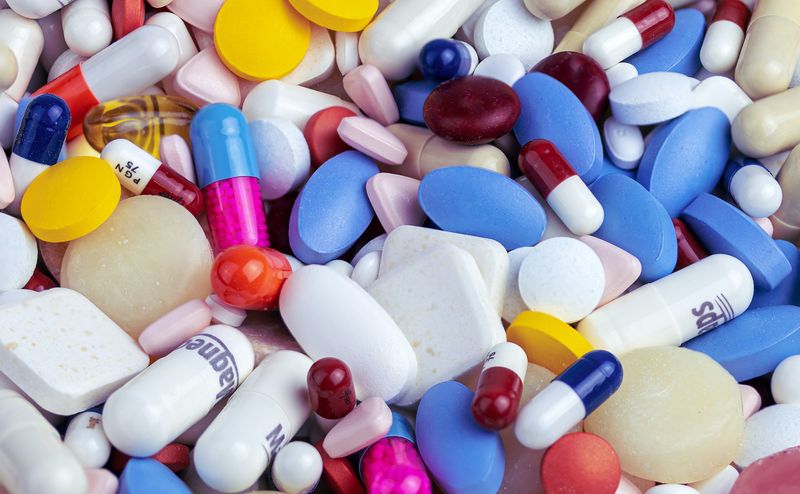 Photo by Myriam Zilles on Unsplash
Photo by Myriam Zilles on UnsplashSubstance-Induced
Symptoms can be due to the effects of medication, toxins, or substance abuse, including alcoholism.
Take Action
Don't self-diagnose!
If you think you might have a mood disorder, get in touch with your doctor or a psychiatrist. Only they can diagnose you with a mood disorder.
This Byte has been authored by
Nithusha Gobal
Digital Learning Specialist
This Byte has been reviewed by
Yasmin R. Singh
RP (Qualifying), MA
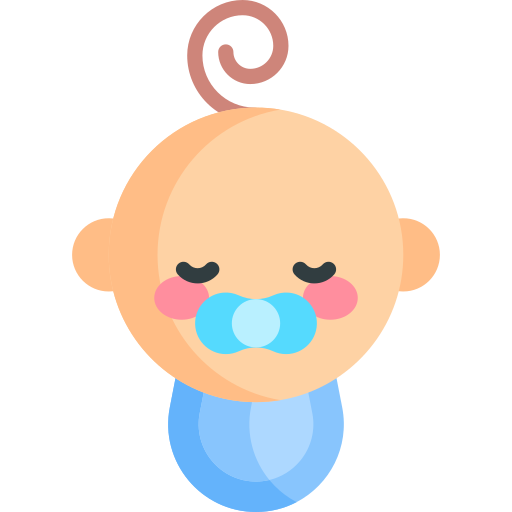 Postpartum Depression
Postpartum Depression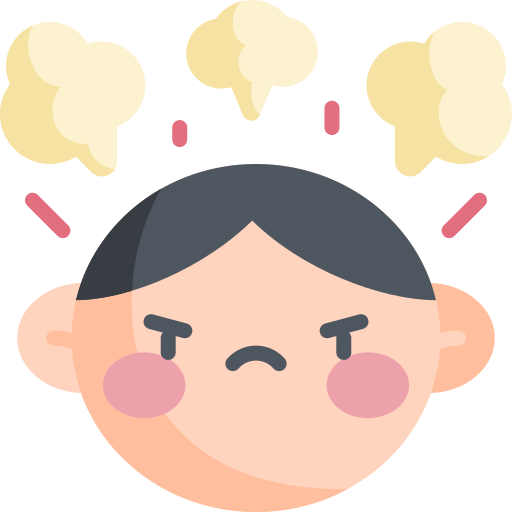 Disruptive Mood Dysregulation Disorder
Disruptive Mood Dysregulation Disorder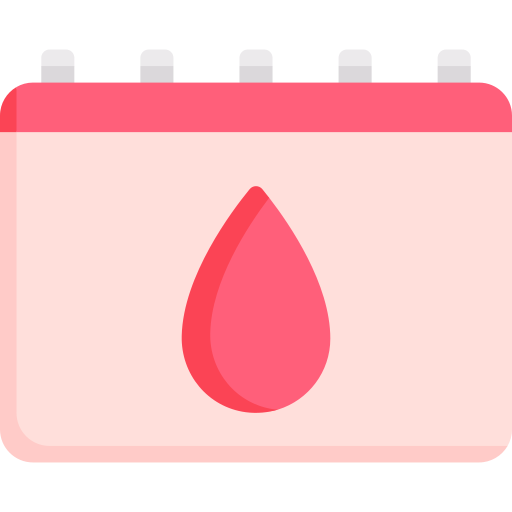 Premenstrual Dysphoric Disorder
Premenstrual Dysphoric Disorder